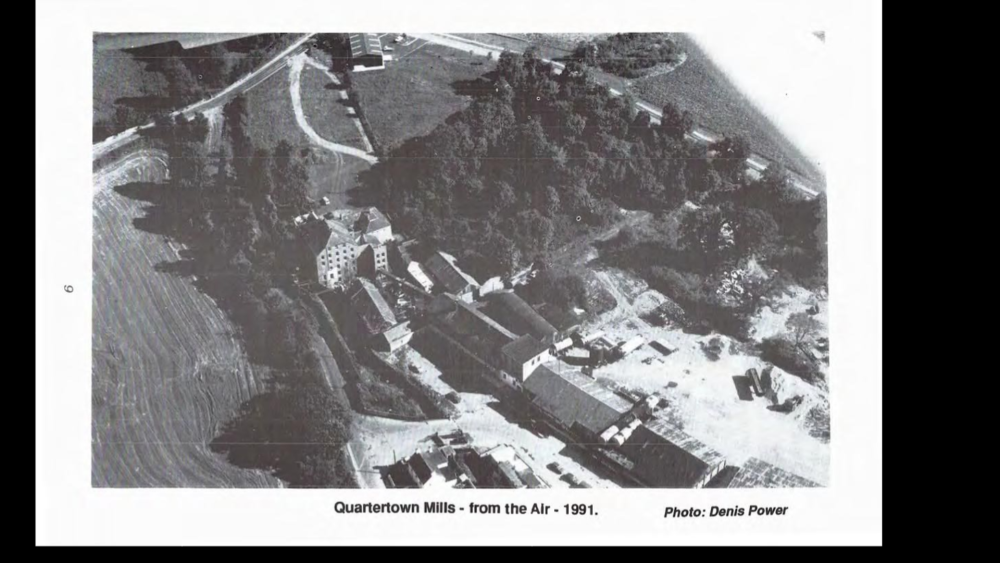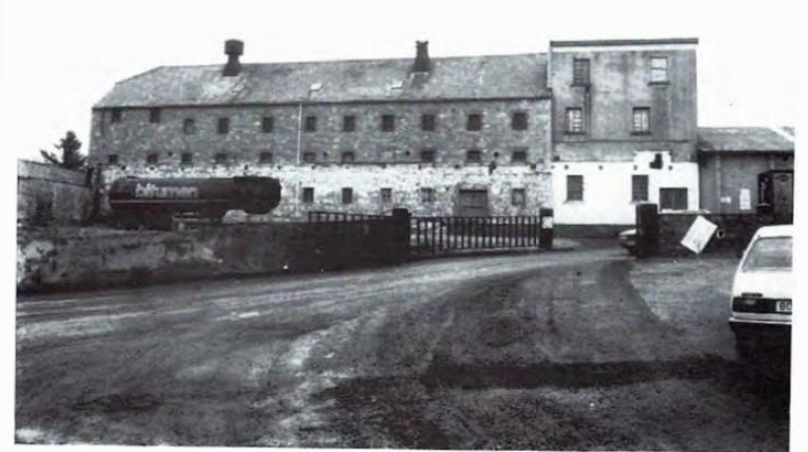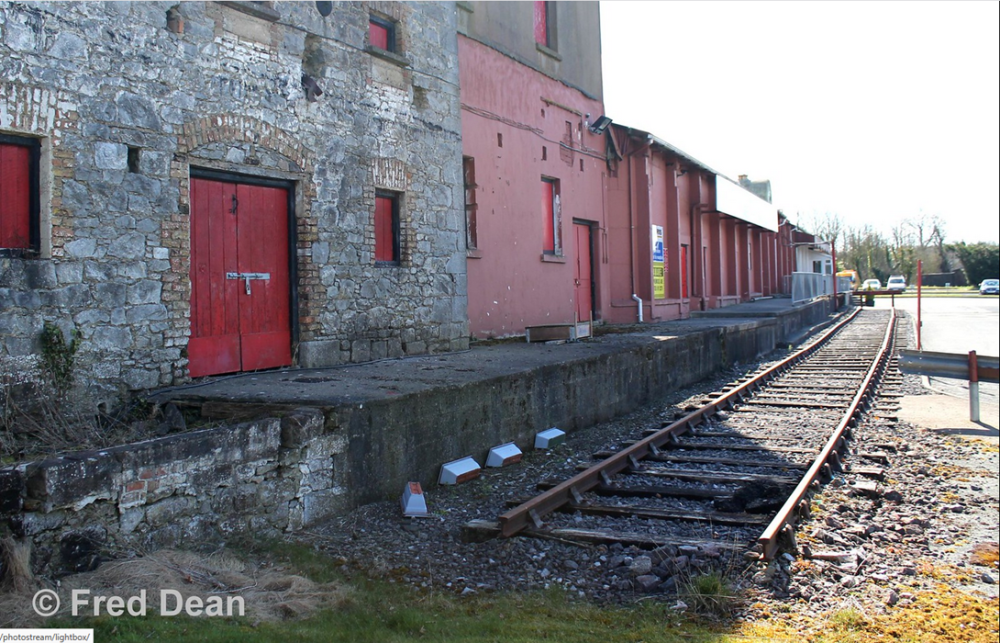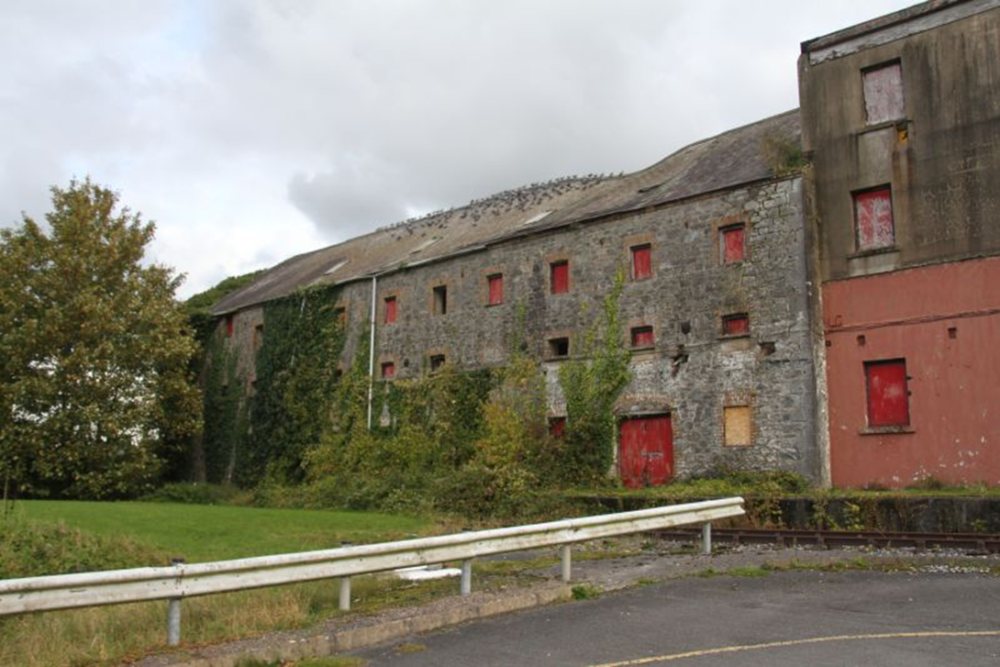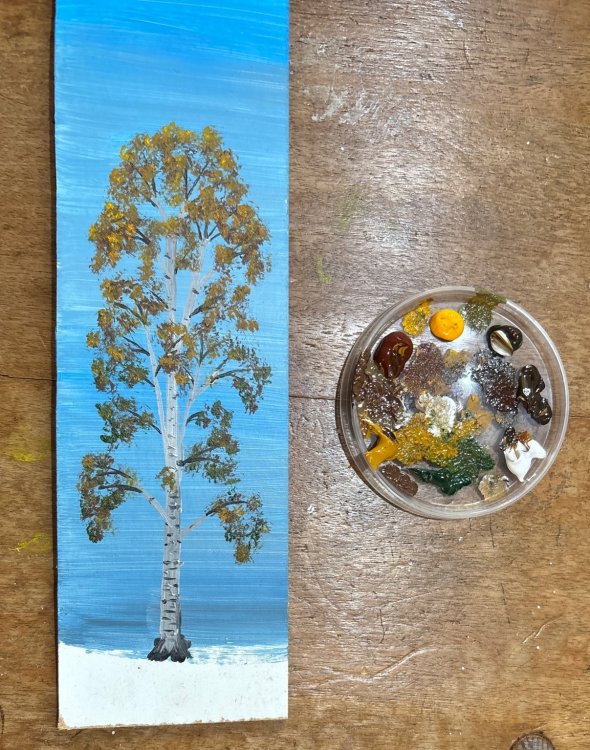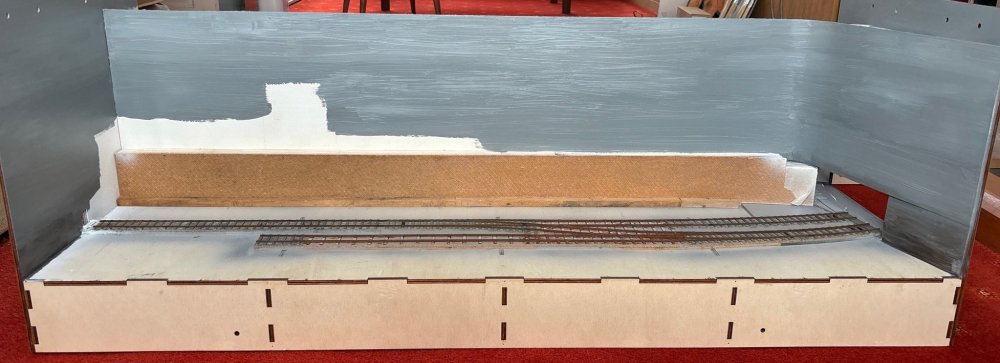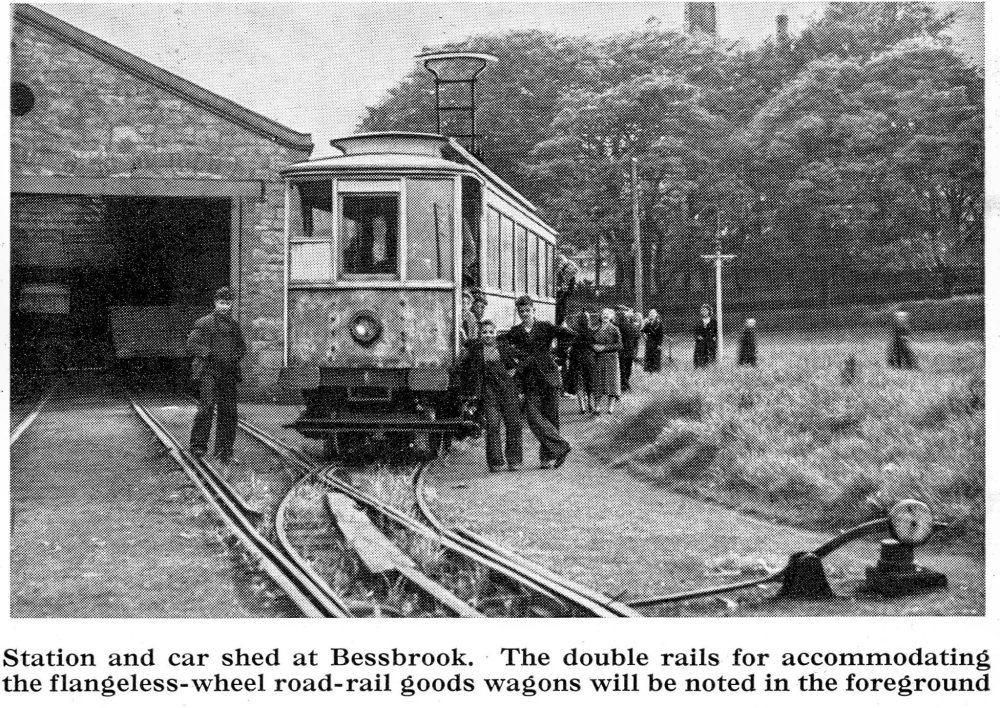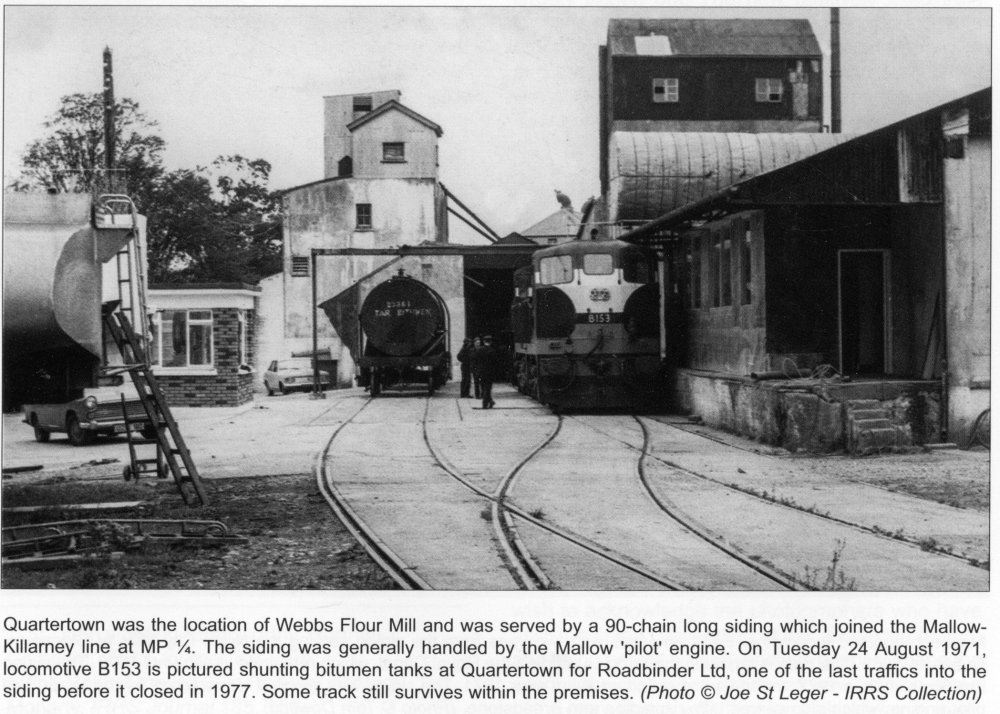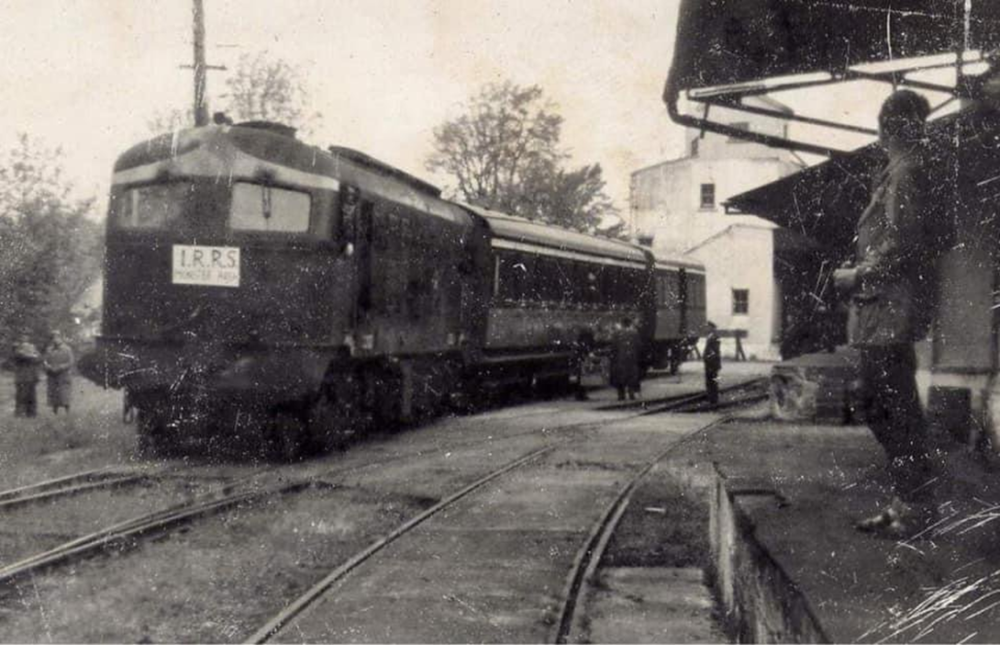
Mol_PMB
Members-
Posts
2,234 -
Joined
-
Last visited
-
Days Won
118
Content Type
Profiles
Forums
Events
Gallery
Blogs
Store
Community Map
Everything posted by Mol_PMB
-
I wonder how many of the people promoting this 4-4-0 project will still be alive and able to contribute in 20+ years time? Will they succeed in attracting and training young blood to join the team? Will the next generation of young people see a fossil-fuel burning loco as something they want to be associated with and give up their time and money to support? I can't help feeling that the heritage railway business in general has passed its peak now. The DCDR clearly have done well here, but it's an ongoing challenge to attract volunteers and to develop and maintain competencies, even before you think about the money...
-
Great to see some more progress!
-
Sounds like you need your own sieve! Or is it more serious, and you now need your own flat?
-
"Voiding the Warranty" - Mol's experiments in 21mm gauge
Mol_PMB replied to Mol_PMB's topic in Irish Models
A few more photos scoured from t'interweb. Another view of the old building, disused but before it was covered in ivy. I've only got room to model the portion to the right of the downpipe, so have used a bit of modellers licence to move the other double door along a bit. The first map I have found that shows the track layout I'm modelling, with loop. However, the arrangement of buildings is a bit off (or it doesn't match the 1960s/70s images or the present-day survivors). The mill leat (race/stream) runs along the west side of the area I'm modelling, but not really close enough for me to squeeze it onto the model. Unless I extend the board forwards, in which case it could squeeze in at the north end where the site access road bridges over it. A more recent view showing the row of buildings that are still present today. There have definitely been some changes in the building layout at the nearer (southern) end. -
"Voiding the Warranty" - Mol's experiments in 21mm gauge
Mol_PMB replied to Mol_PMB's topic in Irish Models
Another clue, a bit late for me but nevertheless a useful angle. From an article on Quartertown Mill in the Mallow Field Club Journal No 09 - 1991, which also contains some useful history. https://digital.corkpastandpresent.com/Documents/Detail/mallow-field-club-journal-no-09-991/35856?item=36556 And this image from the same source has already highlighted two errors in what I've built so far (not too serious), but also provides some very useful extra information for the next stages. Note also, just partly visible on the right above the car, a CIE bitumen tank container. -
"Voiding the Warranty" - Mol's experiments in 21mm gauge
Mol_PMB replied to Mol_PMB's topic in Irish Models
Progress on the old mill. The structural carcass is assembled and I've painted the window frames red. I've used matte medium to add some texture to the front wall, then applied an initial coat of grey on the stonework and bauxite on the brickwork. There's more stages to do on this, but I want these layers to dry properly first. I had some successful experiments with laser-cutting window frames from thick red paper. These are ready to be fitted to the structural carcass. The next stage is to think about the roof and how best to represent the slates. Perhaps more laser-cut paper. But there are some other jobs on the list for this evening (nothing to do with the trainset) and I have quite a busy week ahead at work. So there may be a pause for a few days.- 378 replies
-
- 10
-

-
"Voiding the Warranty" - Mol's experiments in 21mm gauge
Mol_PMB replied to Mol_PMB's topic in Irish Models
Red it is then! I tend to use some artists matte medium to add texture to some of the larger stones, talc as well is a good idea for other parts of the wall. The row of square holes in the wall (and the half-blocked windows on the first floor) are associated with a canopy across the tracks. That was present in the 1960s and 1970s but now missing. I get the impression that the wall under the canopy may have been whitewashed at some stage - there are still traces of it on the ground floor walls, but not above the row of square holes. -
Forbes would have approved! I look forward to seeing what you come up with.
-
Road goods vehicles in Ireland 1950s/1960s
Mol_PMB replied to Mol_PMB's question in Questions & Answers
Most interesting - it shows the CIE livery nicely. I assume these are from lorries that had recently been withdrawn from use, which is also a useful indicator of their lifetime. -
Wonderful - thank you so much for showing these. Some views and details that don’t appear in the published shots.
-
"Voiding the Warranty" - Mol's experiments in 21mm gauge
Mol_PMB replied to Mol_PMB's topic in Irish Models
Ah, that’s very useful information. In England, green was more common. This isn’t the same building but it is the same mill, and at a much earlier date. Here the entire window frames look dark and they could well be red which looked dark in early photos. I could do worse than look through Ernie’s colour photos from the 1950s/60s and see how other buildings were painted. -
"Voiding the Warranty" - Mol's experiments in 21mm gauge
Mol_PMB replied to Mol_PMB's topic in Irish Models
This evening's work is most of a kit for the oldest mill building on the layout. I still need to do the roof, some internal bracing and small parts like windowsills, doors and window frames. This shows how the two layers of the front overlay: This is all laser-cut from 1.5mm card. I'm trying to decide the order of assembly, particularly with reference to: sealing the card painting the parts assembling the shell assembling the outer skin My gut feel is that the outer skin should go on after most of the painting is complete, as this will make it much easier to have the window frames in a contrasting colour. And that then of course raises the question - what colour? All the old photos are black and white, and don't show much of this building anyway. The more recent scheme was black outer frames, and red doors, red blanking panels for the windows. I doubt it would have been like that when the mill was in use. Any suggestions for a paint scheme? -
"Voiding the Warranty" - Mol's experiments in 21mm gauge
Mol_PMB replied to Mol_PMB's topic in Irish Models
Weekends are a precious resource at this time of year as they give an opportunity to work in daylight, even if it is the grey northern skies outside. Consequently the kindergarten art class has made some more fumbling attempts. I have painted the sky in shades of pale grey (it looks darker in the photo than it really is), with a blend towards brown as it nears the ground. I've deliberately varied the shades a bit, and I may well add some more variation in the sky as a second coat, or maybe using an alternative technique like a sponge to give some cloudy effects, Not sure about that yet - if I do they would still be in shades of grey. I then took the tree trunks I prepared previously and added some foliage. Like the trunks, my first attempts were awful but by the time I got to the best trunk I was beginning to think I've got the hang of it. It's going to be autumn at Quartertown Mill. I am now working on developing the laser-cutting artwork for the buildings. I have already made one platform and am now working on the old mill building. -
Indeed. Would you be able to share any of the other photos here? I'd love to see them - there aren't many photos of the Bessbrook and Newry and I keep seeing the same ones in books and online.
-
Would you model in 21mm if RTR track and models were readily available?
Mol_PMB replied to BosKonay's topic in Irish Models
They seem to be offering a spiked FB track for narrow gauge applications, so presumably the same trackform could be offered for broad gauge? Not sure if they're doing pointwork for that yet. I cheated a bit with my points, because (by luck) the crossing areas are embedded in concrete on the prototype, so you can't see the rail section. So I built mine using a mix of code 75 FB and code 75 BH, making the crossings and checkrails from BH and the rest from FB. -
The Accurascale 5x Black Friday Sale Starting Now!
Mol_PMB replied to Warbonnet's topic in British Outline Modelling
No wonder the black friday sale is a bit stingy, if they have to save up to pay your salary! -
I know I'm resurrecting an old thread. I bought some new books from the RPSI recently and added to my order the booklet about the Bessbrook and Newry Tramway. This is closely based on A.T.Newham's original work from the 1970s but reprinted in a modern form with the photos reproduced to a larger size and a better standard. The IRRS has a few photos of the line in their collection, but many are also in the book: https://www.flickr.com/search/?user_id=142947080%40N07&view_all=1&text=bnt A bit on Wikipedia: https://en.wikipedia.org/wiki/Bessbrook_and_Newry_Tramway This site on uniforms has a nice selection of photos too: http://www.tramwaybadgesandbuttons.com/page148/page4/styled-259/page682.html I hadn't realised that that surviving tram in Cultra had been so heavily modified from its original condition. Over on this thread, @jhb171achill posted a photo which doesn't appear in the book or elsewhere online, intriguingly it shows a van with doors in the side, whereas all the other photos of vans I've seen appear doorless (maybe the doors were in the end, or on one side only?) https://irishrailwaymodeller.com/topic/6037-from-the-catacombs/#findComment-130009 This may be the other side of the same van, though if so the wheels have been replaced at some stage: Relating to the decade-old question at the start of this thread, this photo from a Facebook site shows something of the complexity of the pointwork. The whole system didn't have many points, and not all routes were usable by the flangeless wagons (for example, the turning loops at each end were only suitable for flanged wheels). Going over these points, the flangeless wheels on one side must have had to bump over the raised running rails. There seem to have been very few points where the wagons had a choice of route, but there must have been 3 or 4. What a fascinating little line! I must avoid getting distracted into a narrow-gauge modelling whim... It looks like someone else has had a go: https://www.rmweb.co.uk/topic/180079-volks-electric-black-rock-station-diorama-and-other-early-electric-traction/#findComment-5213273
-
On RMweb it’s been confirmed that the Chontar Albion was at Paisley in Scotland. Cold Chon in Ireland used a similar Scammell conversion which still exists at Dromod.
-
With both these and the Mk3s, there were some early changes within the first couple of years of use. Particularly relating to first class, composite and catering vehicles. I think the identity of the state coach was changed too. The Mk2s had been intended to run in short rakes, hence the quite large proportion of catering, generator and first class vehicles. Soon the patterns of traffic changed and they were re-formed into fewer, longer rakes. There were also some further changes to the Mk2d fleet when they were replaced by the Mk3s on the top-link turns, and less first class accommodation was needed on the secondary duties. I think your listing is accurate for the post-1990 period but some things would have been different in the 1970s and early 1980s. The changes were quite well recorded in the IRRS journals of the time and I think I have many of those. I could check through and do a summary for you if you like?
-
"Voiding the Warranty" - Mol's experiments in 21mm gauge
Mol_PMB replied to Mol_PMB's topic in Irish Models
Many thanks David, that’s great advice. I shall do some more practice with the sky and trees! -
Nice! I believe the couplings between cars can be another source of derailment on these - either fouling on the body or the fixing screws a bit tight so they don’t swing freely.
-
"Voiding the Warranty" - Mol's experiments in 21mm gauge
Mol_PMB replied to Mol_PMB's topic in Irish Models
Weighbridge: I drew this up during the first half of this evening's IRRS talk, then laser-cut it and slapped some paint on. I'll probably fine-tune some of the engrave depths and do a final version for installation. I'll also need to put some slots in the rail heads to match the ends of the weighbridge. -
"Voiding the Warranty" - Mol's experiments in 21mm gauge
Mol_PMB replied to Mol_PMB's topic in Irish Models
Weighing up the options... Your thoughts welcome on the following. The latest photo I have of the sidings at Quartertown Mill is this one dated 1971. By this time I think the grain traffic had ceased but bitumen continued. Compared to the 1966 photos, there are some changes to the main buildings to suit the change in use. My model will normally represent the early 1960s period, rather than this later condition. Looking at this 1971 photo, I think the brand-new brick building on the left is most likely a weighbridge office - with a fairly large weighbridge set into the ground in front of it, positioned so that it could weigh either road or rail vehicles. This is a guess based purely on this photograph. Does it seem plausible? Now, the brick building wasn't there in the 1960s, and the area that was concrete-paved was also different. The short siding was paved, but not the points to the right of it. However, there seems to have been a larger concreted area to the left of the siding. This photo shows a similar view from a bit further back. Notable in the photo above, just to the left of the loco, is a small white building which might be in a very similar position to the later weighbridge office. We can only see a bit of it, but its size and the large window in the end suggest it might be an older weighbridge office. I guess it would be plausible for a mill like this to have a weighbridge. If we assume there was an older weighbridge in the 1960s, then why was it replaced with a new version by 1971? I assume it wasn't big enough for the larger/heavier vehicles being introduced. So: Shall I model the older weighbridge, based on a glimpse of what might be its office? Do you think the old weighbridge would have been road and rail combined, or just in the road beside the siding? How big would it have been (probably not as big as the 1971 weighbridge, or else why replace it? The only other photo of this area isn't much help as someone's parked a train in the way. I can't obviously see a weighbridge in the track under the tin van (which would be the right place) but the photo isn't the clearest. Any thoughts welcome! Or the loan of a time machine... -
Here: Interesting, we both found it at exactly the same time, but not the same version of the image.
-
I just found this image over on RMweb: I'm not sure where or when this photo was taken - it could well be in the UK. Both CHONTAR and COLD CHON were used as trade names by Scottish Tar Distillers, according to this list: https://ia902906.us.archive.org/18/items/in.ernet.dli.2015.502210/2015.502210.British-Chemicals_text.pdf I wonder whether the Irish COLD CHON was related to the Scottish firm? Did the Irish firm have their own tank wagons in the early days? They were established in 1927.
.png.c363cdf5c3fb7955cd92a55eb6dbbae0.png)

